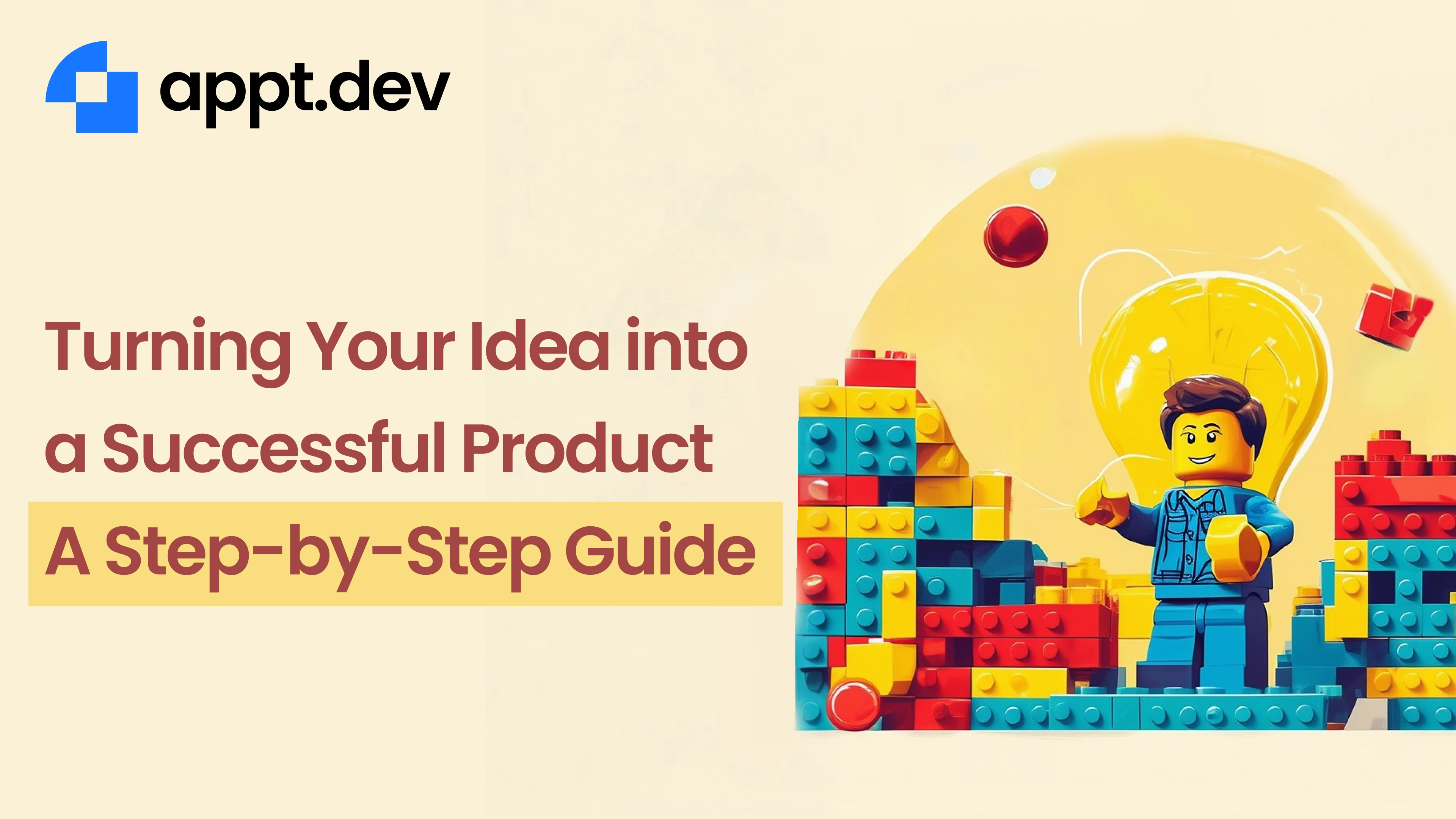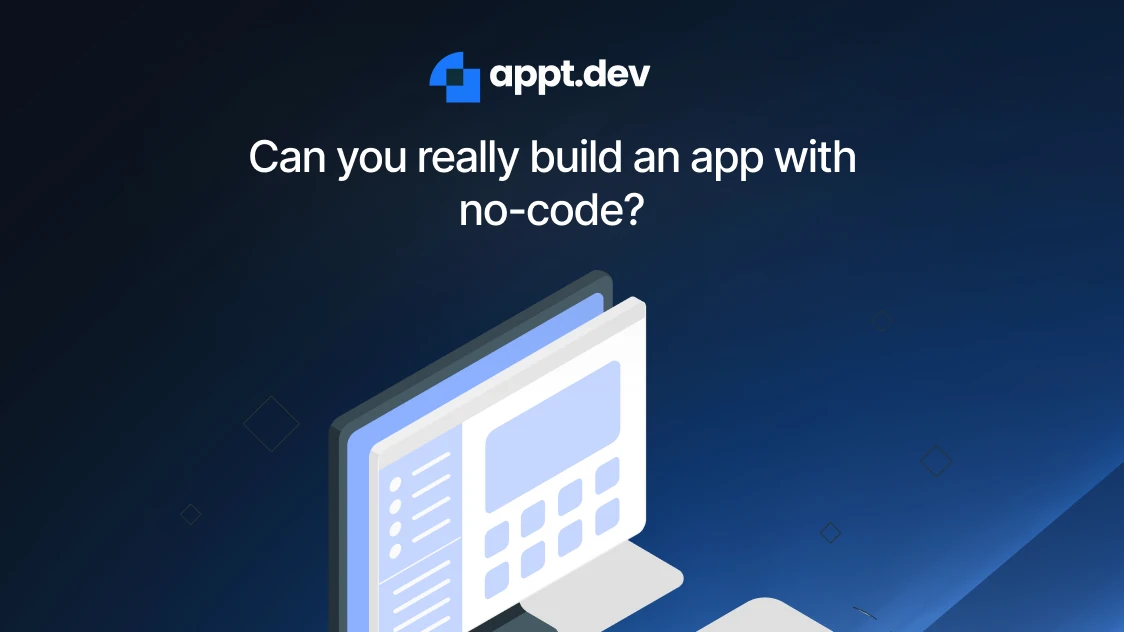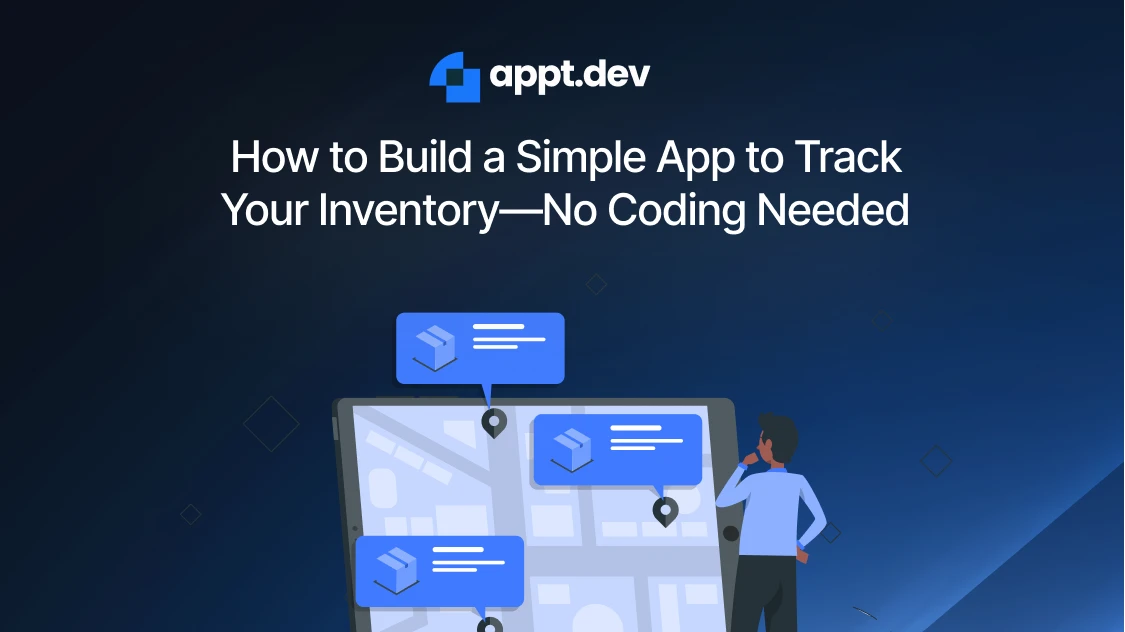Turning Your Idea into a Successful Product: A Step-by-Step Guide
Founders

Shaik Moosa
January 29, 2025 | 4 min
Share to

Have you ever had that lightning-bolt moment—when a brilliant idea strikes and you can’t stop thinking about it? Taking an idea from your head and turning it into a product can feel both exciting and daunting. But with the right approach, you can transform that spark of genius into something people truly want (and need). In this guide, we’ll walk through each step, comparing methods, providing insights, and sharing references to help you navigate the journey.
Validate Your Idea
Before investing time and resources, it’s crucial to validate your idea. According to a CB Insights report, one of the top reasons new products fail is a lack of market need. Here’s how to avoid that pitfall:
- Talk to Your Target Audience: Ask open-ended questions. Find out what their pain points are and if your idea addresses them.
- Check Out the Competition: Compare existing solutions. If similar products already exist, figure out what gaps they’re missing.
- Run Small Experiments: Create simple online surveys or conduct informal focus groups to gauge interest.
Conduct Thorough Market Research
Getting to know your market is like reading the instructions before trying to build furniture—you might manage without it, but you’ll save so much time and frustration by doing it first. Market research involves:
- Analyzing Trends: Platforms like statista offer up-to-date data on consumer trends and industry reports.
- Segmenting Your Audience: Understand different consumer segments—demographics, preferences, and behaviors.
- Studying Industry Growth: Look at projections in your sector. If you’re developing a tech product, for instance, check the latest McKinsey & Company insights on digital transformation
Build a Minimum Viable Product (MVP)
Instead of creating a full-blown product off the bat, many entrepreneurs follow the Lean Startup methodology, popularized by Eric Ries. The MVP approach focuses on creating the most basic version of your idea to test the waters and learn from feedback.
Why MVP?
- Lower Risk: You spend fewer resources upfront, reducing financial and time risk.
- Real Feedback: Collect insights directly from early users.
- Faster Iterations: Adjust and pivot quickly if necessary.
Iterating based on early feedback leads to products that are more aligned with customer needs
The Comparison: Traditional vs. MVP Approach
Not sure whether to go “all in” with a traditional product launch or test the waters with an MVP? Here’s a quick comparison to help you decide:
| Aspect | Traditional Product Development | Minimum Viable Product (MVP) |
|---|---|---|
| Time to Market | Often long, with complete product development before launch | Faster, as you launch a basic version first |
| Customer Feedback | Comes late, after the product is fully built | Comes early, allowing quick improvements |
| Financial Risk | Higher costs upfront, risk of building unwanted features | Lower initial investment, risk minimized by validating with real usersonly |
| Flexibility | Less adaptable; big changes mid-process can be costly | Highly flexible; easy to pivot based on customer responses |
| Development Approach | Linear, stage-by-stage with detailed planning | Iterative; refine product continuously based on market and user feedback |
| Typical Use Case | Large corporations with big budgets and fixed product requirements | Startups, innovative ventures, or businesses seeking rapid validation and iteration |
This comparison shows why many startups choose the MVP route to “test before they invest.”
Develop and Refine Your Product
Once you’ve tested your MVP, it’s time to refine your product based on user feedback. Look for:
- Feature Priorities: Focus on features that enhance user satisfaction.
- User Experience (UX): Is it seamless? Are there pain points? Address them promptly.
- Scalability: Plan for growth. If feedback is positive, you’ll need to handle increasing demand. Tools like trello or asana can help you manage tasks, while design software like figma is useful for refining user interfaces
Strategize Your Marketing
A product without a marketing plan is like throwing a party and forgetting to send invitations. Spread the word:
- Build an Online Presence: Use social media and SEO-friendly content on your website to attract initial users.
- Create a Launch Plan: Coordinate email campaigns, influencer partnerships, and possibly paid ads.
Offer Early-Bird Benefits: Encourage word-of-mouth by giving loyal early users perks or discounts.
Companies that actively plan their marketing often see faster adoption rates, as emphasized by Hubspot's inbound marketing statistics. The goal is to create buzz and momentum.
Measure, Analyze, and Iterate
Data is your best friend when it comes to product success. Measure user engagement, conversion rates, and any other relevant metrics to understand what’s working—and what’s not. Use tools like Google Analytics to gather data on user behavior. Then, double down on what’s successful and pivot away from what’s not.
Final Thoughts
Turning an idea into a successful product involves balancing creativity with practicality. You start by validating the market need, then build a lean version of your product, gather feedback, refine, and scale up. Each step is an opportunity to learn and grow. The best part? Anyone with dedication and a willingness to adapt can do it.
So, what’s your next big idea, and how are you planning to bring it to life? By taking measured steps—backed by research and user feedback—you’ll be well on your way to launching a product that stands out in the marketplace.
FAQs
Related Blogs

Can you really build an app with no-code?
In a world where digital transformation is no longer optional, the ability to create custom applications quickly has become a competitive advantage.
Read More
How to create an AI app without coding?
In today's rapidly evolving technological landscape, artificial intelligence has transformed from an exclusive domain of specialized developers to an accessible tool for businesses and individuals alike.
Read More
How to Build a Simple App to Track Your Inventory—No Coding Needed
Here’s a concise guide to building a custom inventory-tracking app on ApptDev—no coding required. You’ll learn why inventory management matters, how ApptDev’s visual tools streamline every step, and key insights to maximize efficiency. By following our six-step walkthrough, you’ll go from blank canvas to deployed app in under an hour, complete with automated reorder alerts and mobile-ready interfaces.
Read More